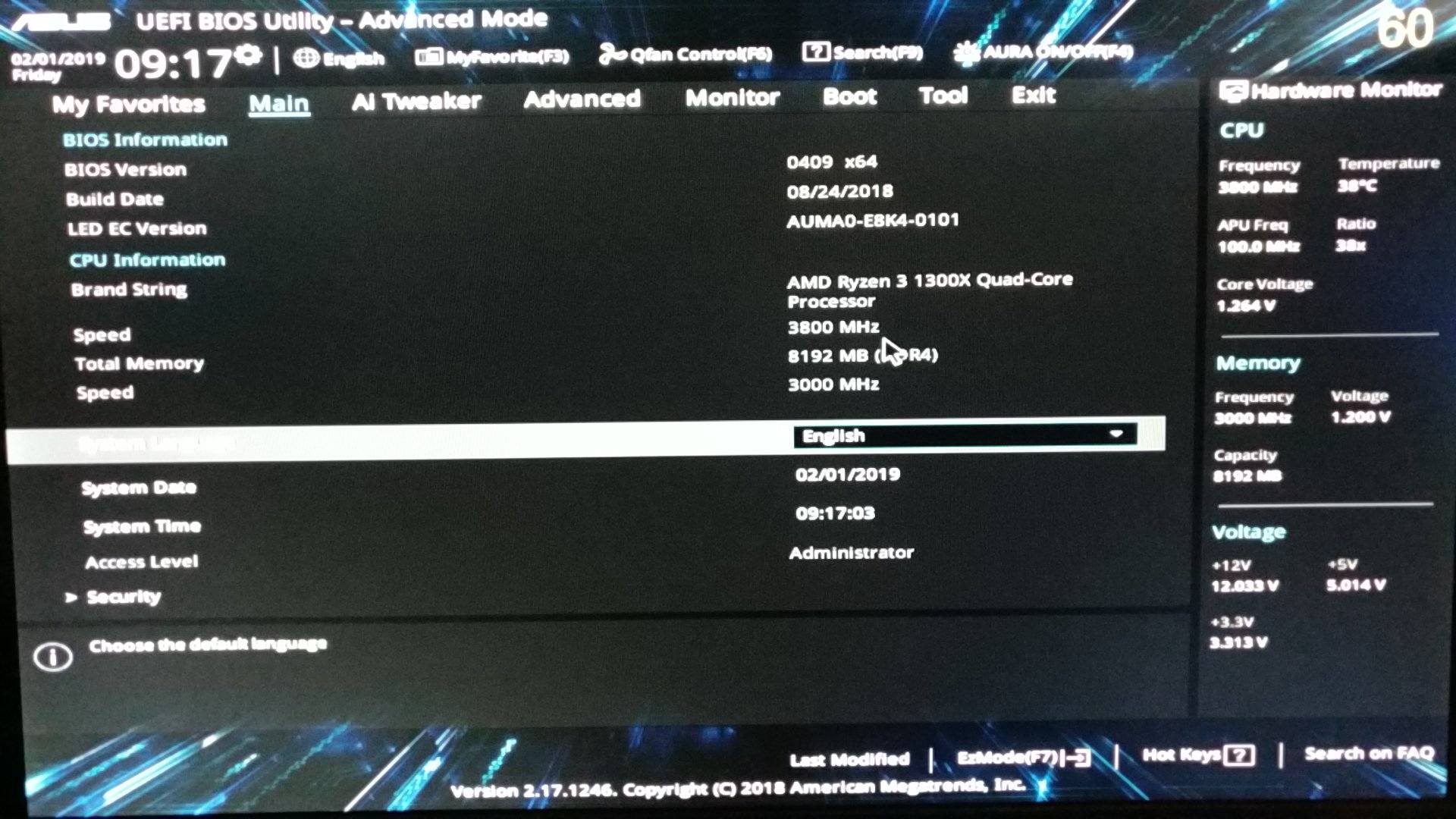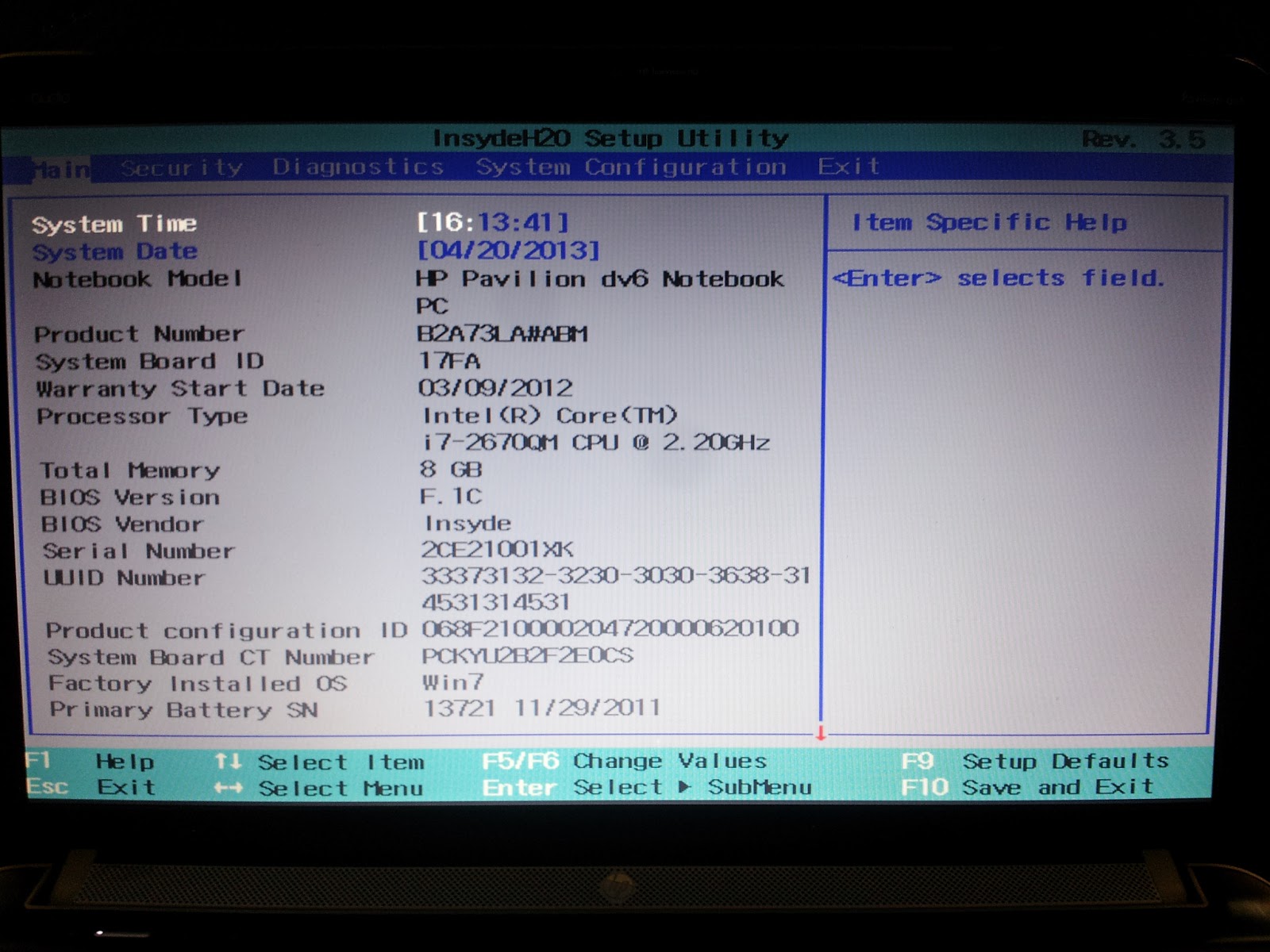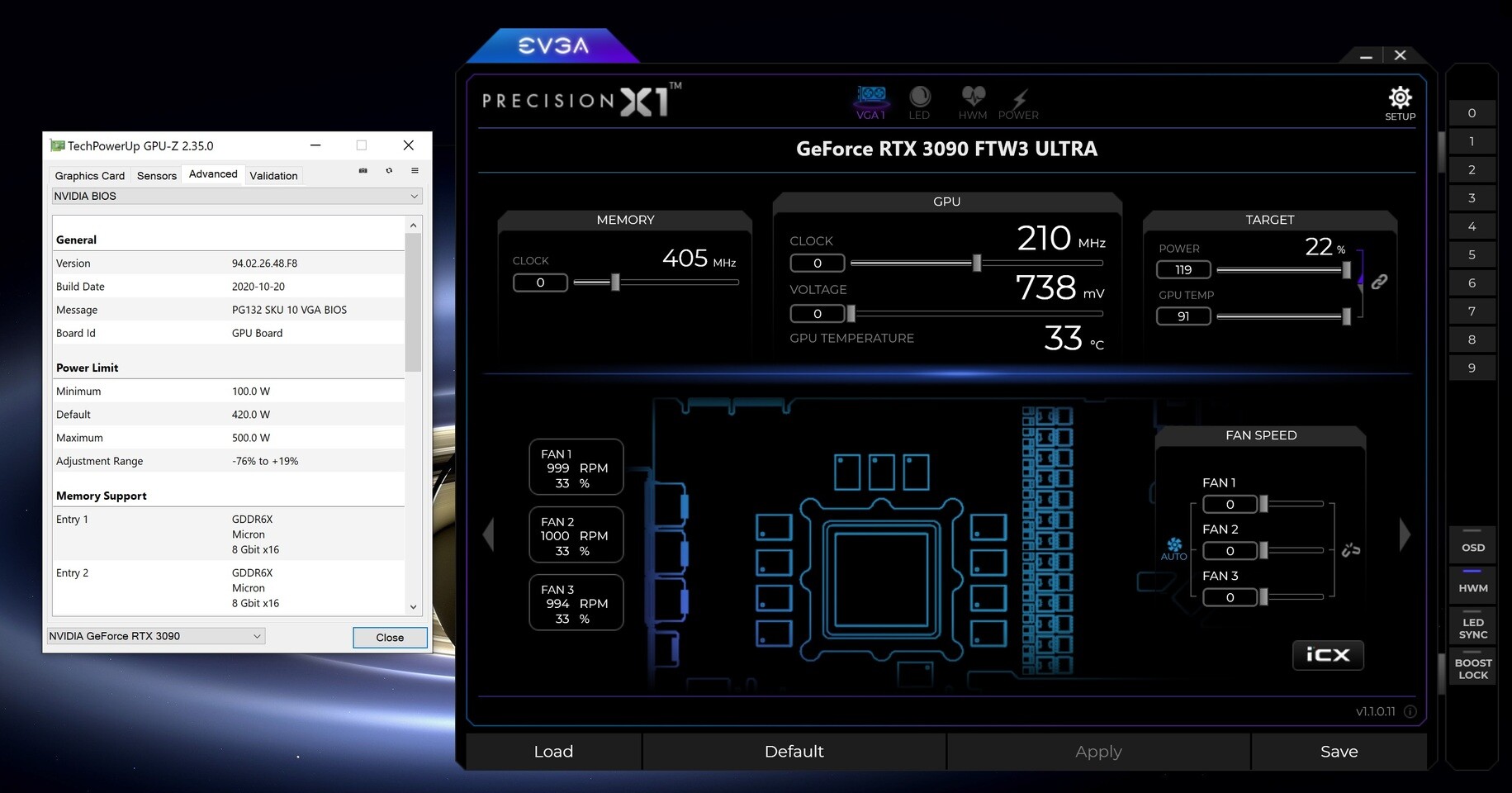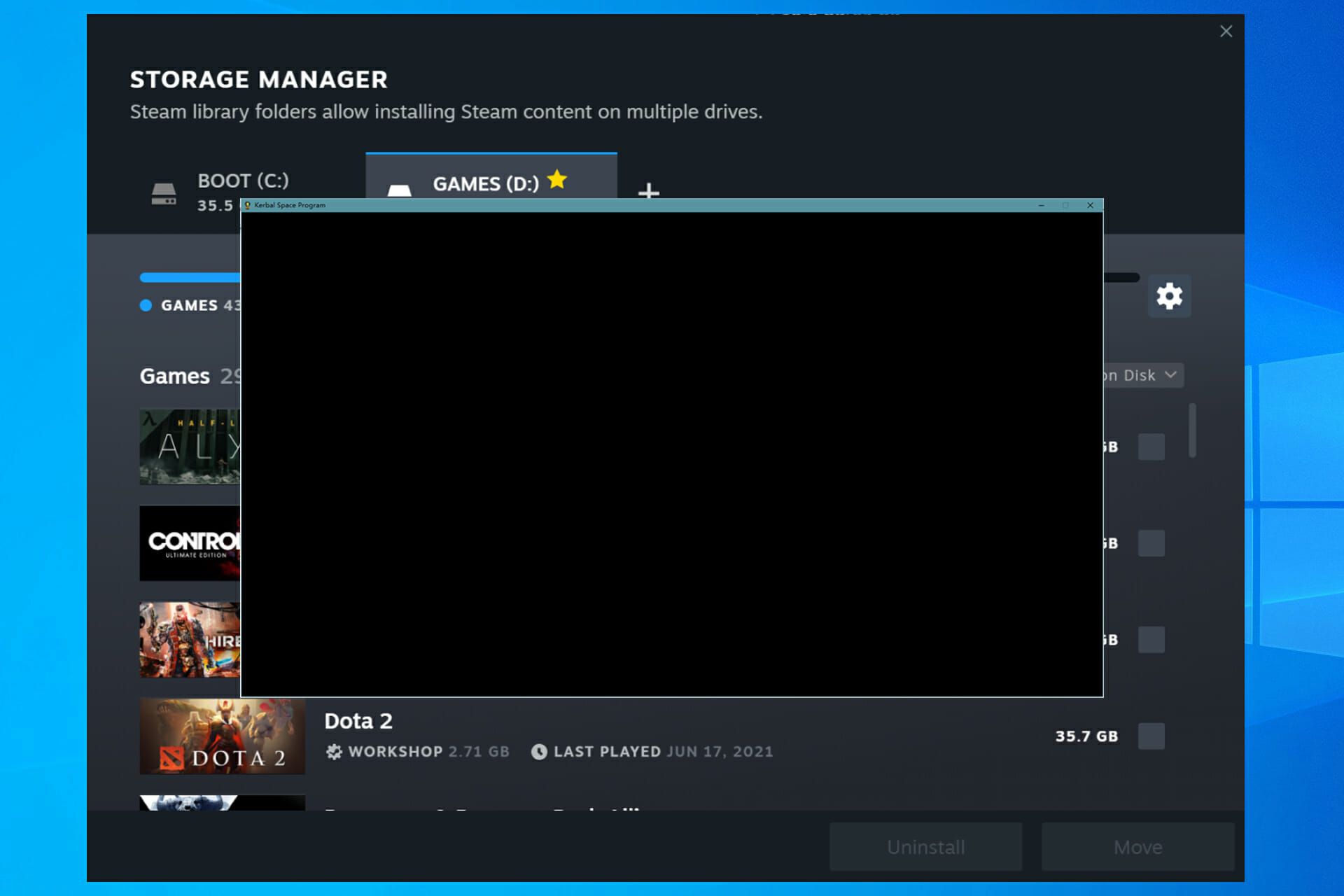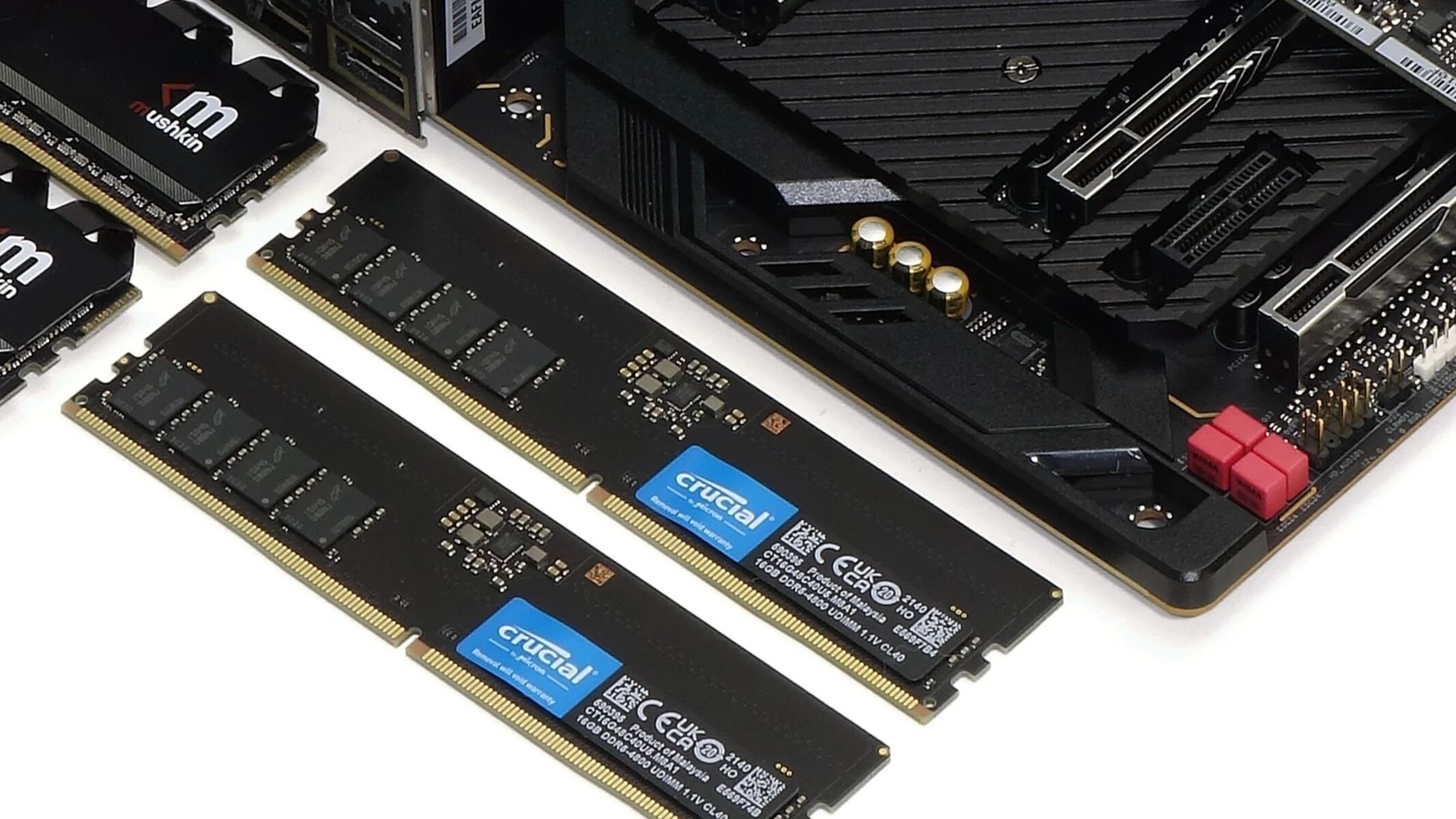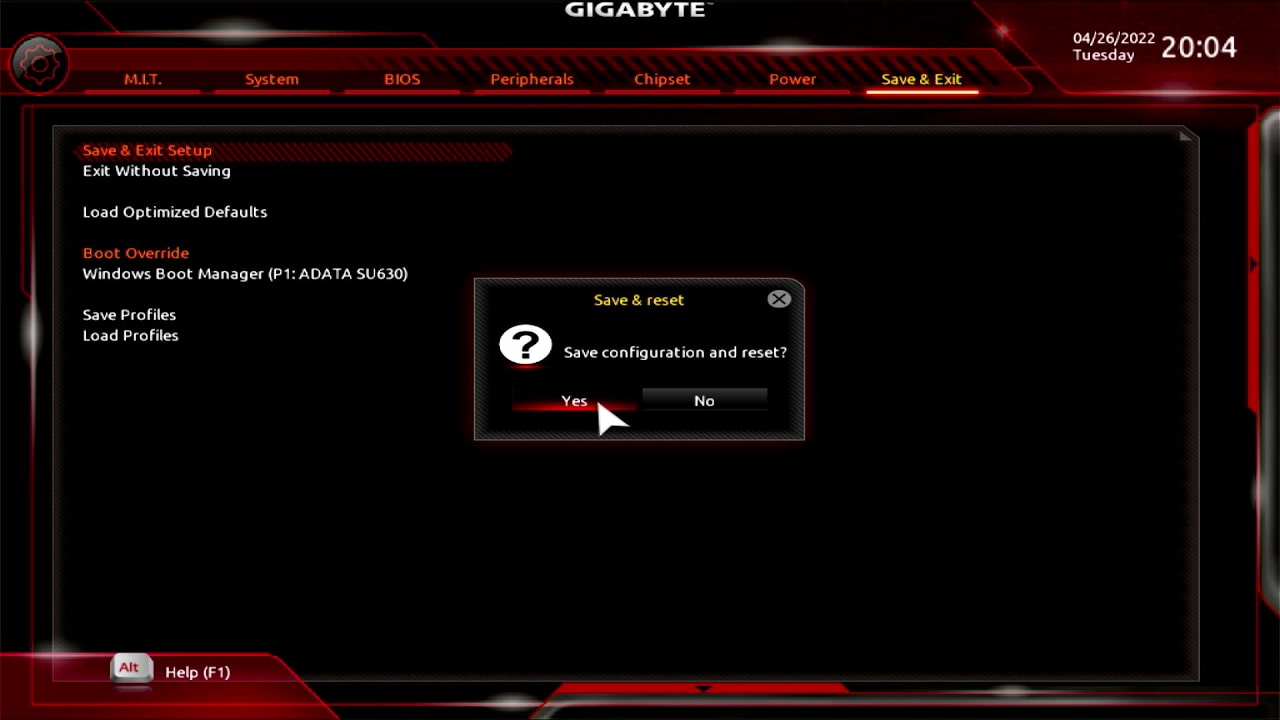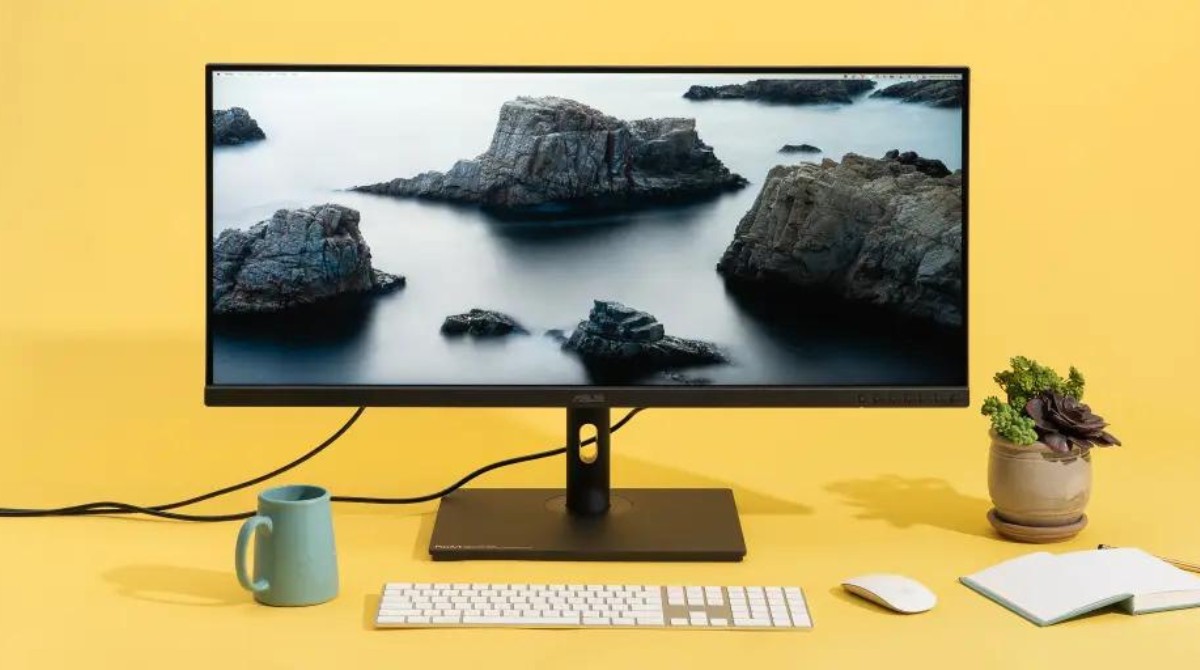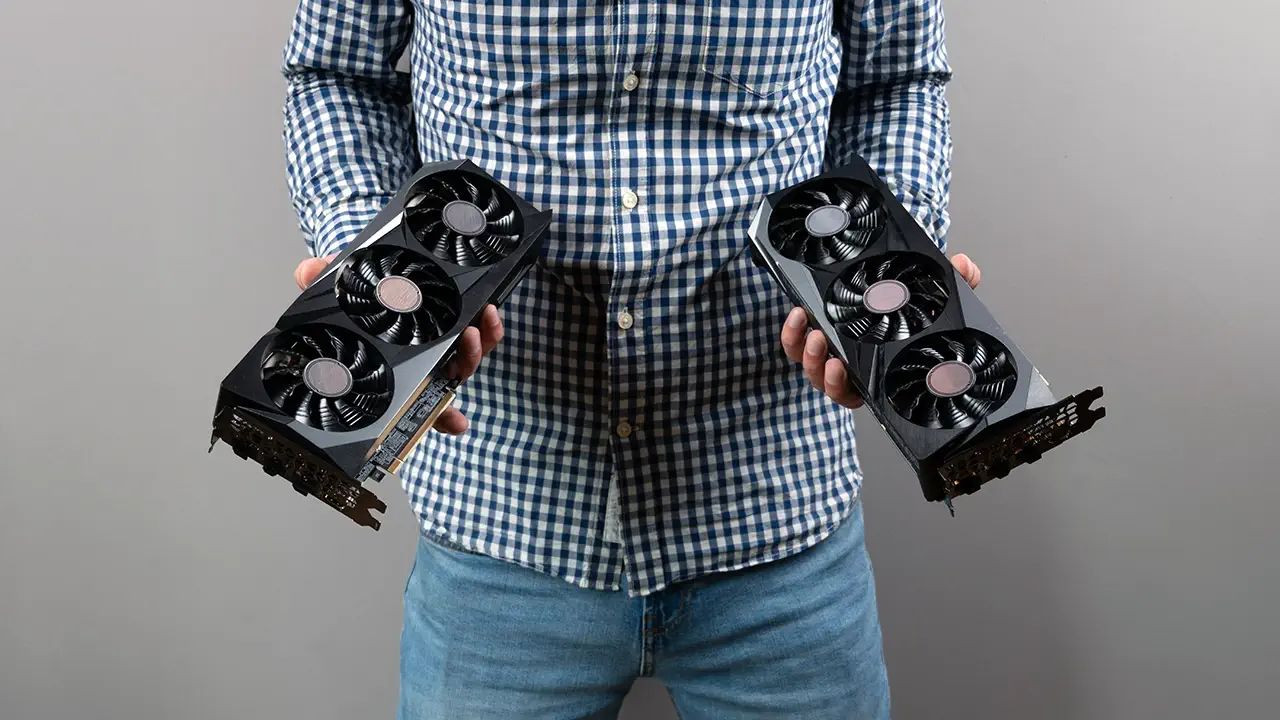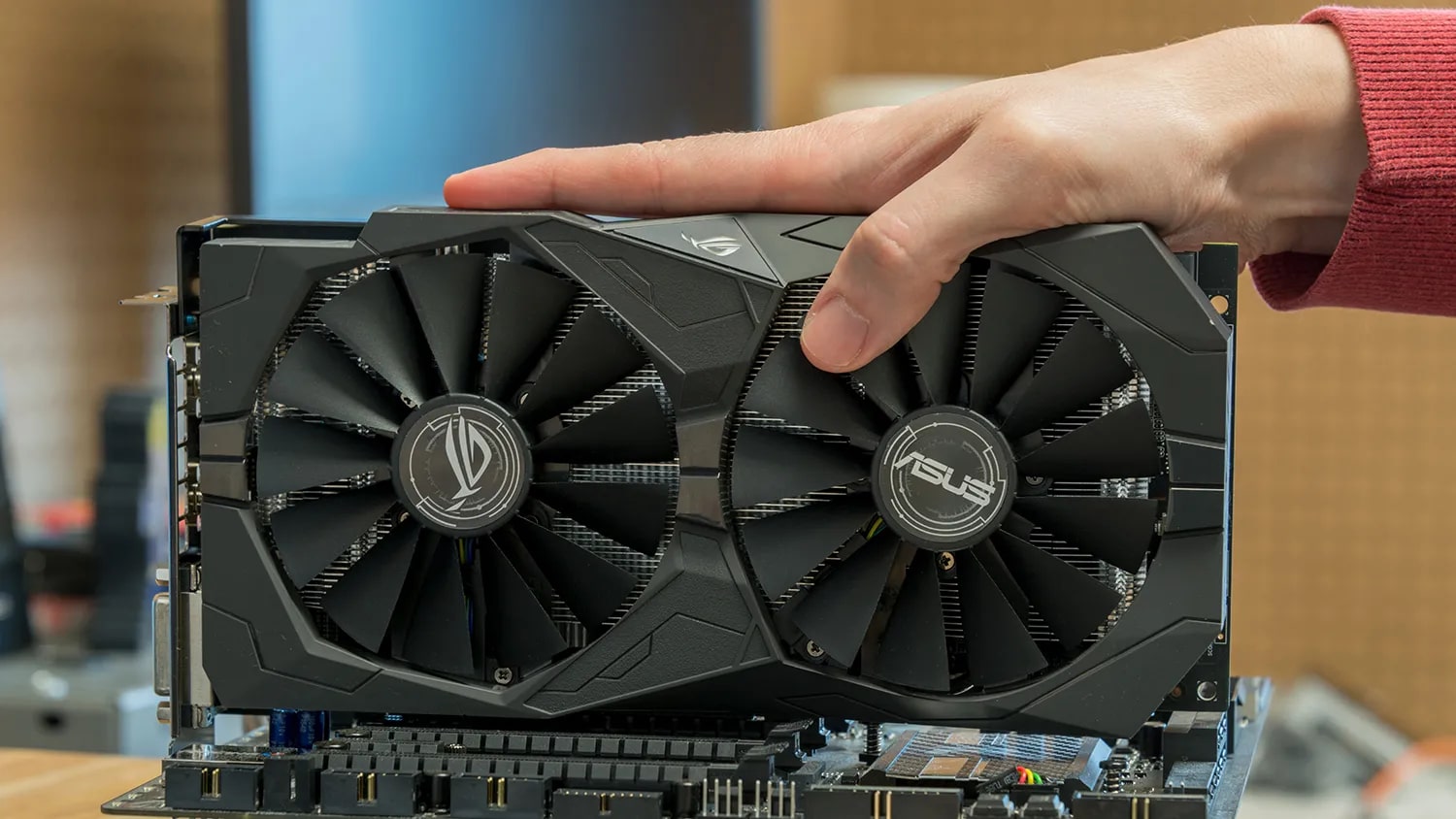Introduction
Welcome to the guide on how to find the BIOS version of your graphics card. When it comes to optimizing your computer’s performance, knowing the BIOS version of your graphics card is essential. The BIOS (Basic Input Output System) acts as the firmware for your graphics card, controlling its functions and ensuring compatibility with your system. By knowing the BIOS version, you can determine if it’s up to date and if any updates are available, which can improve stability and performance.
While there are various ways to check the BIOS version of your graphics card, this guide will cover the methods for Windows, Mac, and Linux operating systems. Whether you’re a gamer, a graphic designer, or a casual computer user, understanding how to access this information can be beneficial in troubleshooting and enhancing your system’s graphics capabilities.
Knowing the graphics card BIOS version is especially crucial if you plan to update the drivers or firmware. Graphics card manufacturers often release BIOS updates to address compatibility issues, improve performance, and add new features. Having the most recent BIOS version installed ensures that your graphics card operates optimally and takes advantage of the latest enhancements.
Additionally, if you encounter any technical difficulties or need to seek support from the graphics card manufacturer, having the BIOS version at hand can facilitate a more accurate and efficient troubleshooting process. Furthermore, it enables you to assess whether your graphics card is capable of running certain software or games that require a specific minimum BIOS version.
Now that we understand the importance of knowing your graphics card BIOS version, let’s explore the different methods to check it on Windows, Mac, and Linux operating systems.
Why is it important to know your graphics card BIOS version?
Understanding the importance of knowing your graphics card BIOS version can help you make informed decisions to improve your computer’s performance. Here are some key reasons why it is crucial to be aware of your graphics card BIOS version:
- Compatibility: The BIOS version of your graphics card plays a vital role in ensuring compatibility with your operating system and other hardware components. By knowing the BIOS version, you can check if it is compatible with the latest software and drivers, preventing any issues that may arise from incompatibility.
- Performance Optimization: Graphics card manufacturers often release BIOS updates to enhance the performance of their products. These updates can include improvements to power management, overclocking capabilities, and overall graphics processing efficiency. By keeping your BIOS version up to date, you can take advantage of these optimizations and enhance your computer’s graphics performance.
- Stability and Reliability: BIOS updates also address bugs, glitches, and other software-related issues that may impact the stability and reliability of your graphics card. Knowing your BIOS version allows you to identify if any updates are available, providing you with a more stable and reliable graphics card experience.
- Feature Enhancements: BIOS updates can introduce new features and functionalities to your graphics card. These features can include improved support for new technologies, additional display options, or enhanced compatibility with specific software or games. By knowing your BIOS version, you can determine if you have access to these additional features and take advantage of them.
- Technical Support: When seeking technical support or assistance from the graphics card manufacturer, knowing your BIOS version becomes essential. It allows the support team to provide accurate troubleshooting guidance, diagnose any known issues related to your specific BIOS version, and offer appropriate solutions to resolve any problems you may encounter.
Ultimately, keeping track of your graphics card BIOS version is crucial for maintaining compatibility, optimizing performance, ensuring stability, and accessing the latest features and enhancements. Now that we understand the significance of knowing your graphics card BIOS version, let’s explore the methods to check it on Windows, Mac, and Linux operating systems.
Checking graphics card BIOS version on Windows
If you are using a Windows operating system, there are a few ways to check your graphics card BIOS version. Here are the most common methods:
- Using Device Manager: Open the Device Manager by right-clicking on the Start menu and selecting “Device Manager” from the list. Expand the “Display adapters” category, right-click on your graphics card, and select “Properties.” In the properties window, go to the “Driver” tab and look for the BIOS version information.
- Using GPU-Z: Download and install the GPU-Z software, which provides comprehensive information about your graphics card. Launch the software, and it will display detailed information about your graphics card, including the BIOS version.
- Using Command Prompt: Open the Command Prompt by pressing “Windows + R,” typing “cmd,” and hitting Enter. In the Command Prompt window, type “wmic path win32_videocontroller get caption,” and press Enter. This will display the name of your graphics card. Next, type “wmic path win32_videocontroller get vbiosversion,” and press Enter. The command will retrieve the BIOS version of your graphics card.
By using these methods, you can easily check and note down the BIOS version of your graphics card on Windows. This information will come in handy when you need to update or troubleshoot your graphics card.
It is worth mentioning that the locations and steps may vary slightly depending on the Windows version and graphics card model you have. Therefore, if you encounter any difficulties during the process, refer to the documentation provided by your graphics card manufacturer or seek assistance from their support team.
Now that we have covered the methods for Windows, let’s move on to checking the graphics card BIOS version on Mac.
Checking graphics card BIOS version on Mac
If you are using a Mac computer, finding the graphics card BIOS version involves a slightly different process. Here are the steps to check your graphics card BIOS version on a Mac:
- Using System Information: Click on the Apple menu in the top left corner of your screen and select “About This Mac.” In the window that appears, click on the “System Report” button. This will launch the System Information application. In the left sidebar, click on “Graphics/Displays,” and in the main window, you will see information about your graphics card, including the firmware version.
- Using Terminal: Open the Terminal application by going to Applications > Utilities > Terminal. In the Terminal window, type “ioreg -l | grep \”firmware-version\”” and press Enter. This command will display the firmware version of your graphics card.
By following these steps, you can easily obtain the BIOS version of your graphics card on a Mac. It is crucial to note that the locations and steps may vary slightly depending on the macOS version and the specific graphics card model you have. If you encounter any difficulties or are unable to find the necessary information, consult the documentation provided by your graphics card manufacturer or contact their support team for assistance.
Now that we have covered checking the graphics card BIOS version on Windows and Mac, let’s move on to exploring how it can be done on a Linux operating system.
Checking graphics card BIOS version on Linux
Checking the graphics card BIOS version on a Linux operating system can be done through various methods. Here are a few ways to accomplish this:
- Using System Information Tools: Linux distributions often provide system information tools that display detailed hardware information. These tools may vary depending on the distribution you are using. Some popular system information tools for Linux include lshw, inxi, and hardinfo. Launch the preferred tool, navigate to the graphics card section, and look for the BIOS version information.
- Using Terminal Commands: Open the terminal application on your Linux system and enter the following command: “sudo lspci -v | grep VGA -A 12”. This command will display detailed information about your graphics card, including the BIOS version.
- Using GPU-Z via Wine: If you have Wine (a compatibility layer that enables you to run Windows applications on Linux) installed, you can try running GPU-Z, a popular graphics card information utility, through Wine. Run GPU-Z and it will display the BIOS version of your graphics card.
It’s important to note that the steps and commands mentioned above may vary slightly depending on the Linux distribution and graphics card model you’re using. Different distributions may have different pre-installed tools or commands available. It’s recommended to consult the documentation specific to your Linux distribution or seek assistance from the Linux community if you encounter any difficulties.
Now that we have explored the methods for checking the graphics card BIOS version on Windows, Mac, and Linux, let’s move on to the final section: updating your graphics card BIOS.
Updating your graphics card BIOS
Updating your graphics card BIOS can be an effective way to enhance performance, fix compatibility issues, and take advantage of new features. However, it’s essential to approach the BIOS update process with caution, as it involves modifying critical firmware. Here are some important considerations and steps to follow when updating your graphics card BIOS:
- Research and Download: Before proceeding with a BIOS update, visit the website of your graphics card manufacturer to check if there are any available updates. Download the latest BIOS version specific to your graphics card model.
- Backup: Before updating the BIOS, it’s crucial to back up your important data and create a system restore point. This ensures that you can revert to the previous BIOS version in case of any issues during the update process.
- Read the Documentation: Review the instructions provided by the graphics card manufacturer for updating the BIOS. Follow the steps carefully to avoid any mistakes and ensure a successful update.
- Preparations: Make sure your computer is connected to a reliable power source throughout the BIOS update process. Close all other applications to avoid any potential interruptions during the update.
- Update Process: Depending on the graphics card manufacturer, the process for updating the BIOS may vary. Some manufacturers provide dedicated utility programs that guide you through the update, while others require you to enter the BIOS settings during the boot process. Follow the manufacturer’s instructions precisely.
- Restart and Verify: After the BIOS update is complete, restart your computer and enter the BIOS settings to verify the updated BIOS version. Ensure that the updated BIOS is functioning correctly and that your graphics card is operating optimally.
It’s important to note that BIOS updates carry inherent risks. If not done correctly, they can lead to system instability or even permanent damage to your graphics card. If you are unsure or uncomfortable with updating the BIOS yourself, it’s advisable to seek assistance from a professional or the support team of your graphics card manufacturer.
Now that we have discussed the process of updating your graphics card BIOS, let’s conclude our guide.
Conclusion
Knowing the BIOS version of your graphics card is crucial for ensuring compatibility, optimizing performance, and accessing the latest features and enhancements. In this guide, we have explored different methods to check the graphics card BIOS version on Windows, Mac, and Linux operating systems.
On Windows, you can use Device Manager, GPU-Z, or Command Prompt to find the BIOS version of your graphics card. Mac users can check the BIOS version through System Information or by using Terminal commands. Linux users have options like system information tools, terminal commands, or running GPU-Z via Wine to obtain the BIOS version.
Once you have identified your graphics card BIOS version, consider updating it to improve performance, fix compatibility issues, and enjoy new features. However, it is important to approach the BIOS update process with caution. Remember to research and download the latest BIOS version from the manufacturer’s website, back up your data and create a system restore point, carefully follow the provided instructions, and verify the updated BIOS after restarting your computer.
Always keep in mind that updating the BIOS carries inherent risks, and if you are unsure or uncomfortable, it is best to seek assistance from professionals or the support team of your graphics card manufacturer.
By staying informed about your graphics card BIOS version and keeping it up to date, you can ensure optimal compatibility, stability, and performance for your computer’s graphics capabilities.
Thank you for reading our guide on how to find the graphics card BIOS version. We hope you found it helpful, and may your graphics card provide you with an exceptional visual experience!







